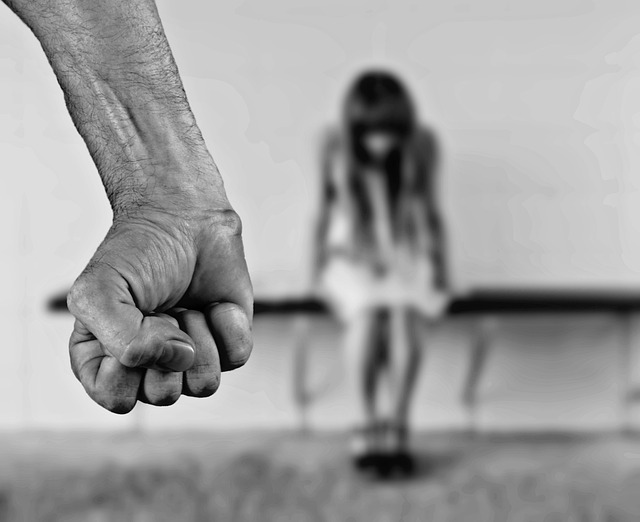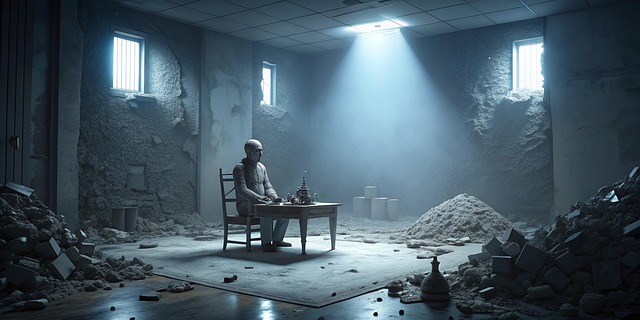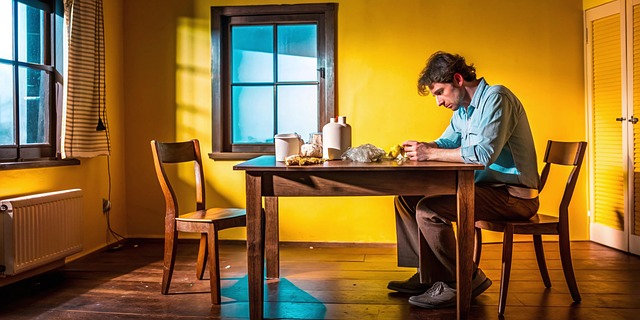Survivors of Shelterwood Academy abuse break their silence, detailing emotional, physical, and psychological mistreatment. Their stories highlight years of neglect and a culture ignoring student well-being. By speaking out, they seek justice, foster awareness, and empower others to overcome similar struggles, aiming for positive change for victims.
Survivors of Shelterwood Academy abuse are finally speaking out, sharing their harrowing experiences in a quest for justice. This article delves into the profound impact of the institution’s alleged misconduct, exploring the stories of resilience among those who endured it. We examine the culture of silence that once enveloped these crimes and now analyze the legal battles fought by victims seeking accountability. The community’s support plays a crucial role in their journey towards healing and justice for the Shelterwood Academy Abuse.
- Unveiling Stories of Resilience: Survivors Share Their Experiences
- The Culture of Silence: How Shelterwood Academy Abused Its Power
- Seeking Justice: Legal Battles and Community Support for Victims
Unveiling Stories of Resilience: Survivors Share Their Experiences

Survivors of Shelterwood Academy abuse have finally found their voices, unearthing stories of resilience and strength. Years after the traumatic experiences, they are sharing their journeys, hoping to shed light on the dark secrets that plagued the institution. Through their narratives, they highlight the impact of emotional, physical, and psychological abuse, and how it can leave lasting scars.
These individuals, now grown and no longer silenced, are determined to bring awareness and justice. Their experiences reveal a culture of neglect and mistreatment within Shelterwood Academy, where the well-being of students was often overlooked. By speaking out, they aim to empower others who might be struggling in silence and inspire positive change for victims of similar situations.
The Culture of Silence: How Shelterwood Academy Abused Its Power

At Shelterwood Academy, a culture of silence surrounded the alleged abuse that occurred behind closed doors. This toxic environment encouraged and enabled staff members to exploit their power over vulnerable students for years without fear of consequence or intervention. The school’s failure to prioritize student safety and well-being created an atmosphere where abuse was normalized, and victims felt trapped and unable to speak out.
This culture of silence was perpetuated through various means. Students were often threatened with severe repercussions if they disclosed any instances of mistreatment, fostering a fear that outspokenness would lead to further harm or isolation. Additionally, the school’s hierarchical structure and intense religious indoctrination made it difficult for students to trust authority figures outside their immediate families. As a result, many survivors remained silent, carrying the burden of their trauma alone.
Seeking Justice: Legal Battles and Community Support for Victims

Many survivors of Shelterwood Academy abuse have been driven to seek justice, both for themselves and for others who may have suffered similar fates. This often involves navigating complex legal battles, where they must confront their abusers in court. The process can be arduous, but it’s a step towards holding the institution accountable and ensuring that such atrocities are never repeated.
Community support plays a vital role in this journey. Many survivors find solace and strength in support groups where they can share their stories and receive encouragement. This collective action not only fosters healing but also raises awareness about the pervasive nature of Shelterwood Academy abuse, urging the community to demand change and better protection for vulnerable individuals.
The stories shared by survivors of Shelterwood Academy abuse are a powerful testament to human resilience. By breaking the culture of silence that once enveloped their experiences, these individuals have not only sought justice but also shed light on the need for accountability and healing. The legal battles they’ve faced and the community support they’ve received demonstrate a growing awareness and commitment to addressing institutional abuse, ensuring that no one suffers in silence again.
